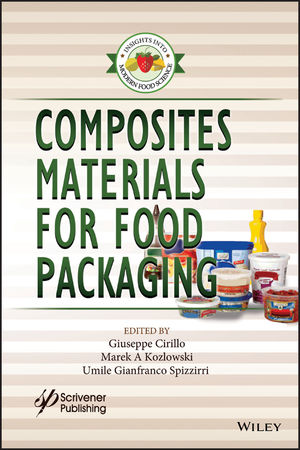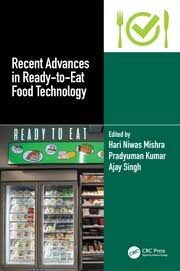Market Research
FMI Reports on Robotic Packaging Machine Market

Robotic palletizing at Clemens Food Group's Hatfield, Pa., processing facility. Image courtesy of Derrick Teal
Future Market Insights (FMI) released a report that revealed the global robotic packaging machines market size is estimated to reach $1,050 million in 2023. Over the assessment period, global robotic packaging machine sales are likely to soar at 6% CAGR, taking the overall market valuation to $1,888 million by 2033.
In 2022, the worldwide robotic packaging machines industry was valued at $1000 million, and it is likely to exhibit year over year growth of 5.1% in 2023. The target market is predicted to expand 1.8 times through 2033.
The frozen food segment, by end use, is expected to dominate the target market with a share of about 17% in 2033. This is due to rising consumption of frozen food products and growing usage of robotic machines for handling and packaging a wide range of frozen foods.
With more than 37.3% market share, the two-robot segment has topped the robotic packaging machines industry within the machine type category in 2022. It is expected to thrive at a CAGR of around 6.2% during the forecast period.
Rising demand for robotic packaging machines from food and beverage, consumer goods, and pharmaceutical sectors is another key factor stimulating market growth. Robotic packaging machines are increasingly employed for packaging food products, such as cans, bottles, cartons, etc., into cases or boxes.
Increasing penetration of automation in diverse industries to improve productivity and reduce labor costs is predicted to fuel robotic packaging machine sales.
Robust growth of the e-commerce sector and increasing consumer inclination is expected to impact robotic packaging machine sales positively. In the e-commerce sector, robotic packaging machines automate the packing process for online orders as they help companies improve speed and accuracy.
Advancements in robotics technology are anticipated to further boost the global robotic packaging machines industry during the projection period. Advances in motor technology, precision mechanics, and motion control systems allow robotic packaging machines to achieve higher speeds and greater accuracy. This improvement leads to increased throughput and efficiency in packaging operations.
AI and machine learning are being integrated into robotic packaging machines to enhance their capabilities. AI algorithms enable the robots to learn from data and experiences, making them more adaptable to changing packaging requirements and optimizing their performance.
Vision technology is playing a role in robotic packaging machines. Machine vision systems with cameras and sensors enable robots to "see" and recognize products, packaging materials and workspace elements. Recognizing these elements allows for precise product handling, accurate placement and quality control. These factors are affecting the growth of robotic packaging machines market.
Cloud connectivity and remote monitoring are emerging as significant trends in the robotic packaging machines market. Remote monitoring allows packaging companies to track the performance of their robotic machines from anywhere at any time.
Key metrics like production rates, error rates and downtime can be monitored in real-time through dedicated software applications or web portals. Remote monitoring systems can send automated alerts and notifications to operators and maintenance personnel when an issue or abnormal condition is detected. This enables quick response times and minimizes potential disruptions in the packaging process.
Access to real-time data through remote monitoring empowers decision-makers to respond promptly to changes in production demands or unexpected events. This leads to better overall production planning and resource allocation.
Remote monitoring can also provide insights into equipment utilization patterns. This allows companies to identify optimization opportunities and areas where additional automation may be beneficial.
Key Robotic Packaging Machines Market Trends and Growth Drivers
- Growth in the adoption of packaging automation and robotics in diverse sectors, including food and beverage and consumer products, is expected to boost the target market.
- Rising focus on improving productivity and efficiency as well as reducing labor costs is likely to uplift robotic packaging machine demand.
- Advancement in robotic technology is anticipated to create new growth opportunities for robotic packaging machine manufacturers.
- Several advantages of robotic packaging machines are expected to encourage their adoption during the projection period.
- High penetration of industrialization is likely to uplift global demand for robotic packaging machines.
- Favorable government support for encouraging adoption of robotics is expected to create opportunities for robotic packaging machine manufacturers.
- The increasing trend of robotics packaging in the food industry is likely to foster market growth.
Looking for a reprint of this article?
From high-res PDFs to custom plaques, order your copy today!







